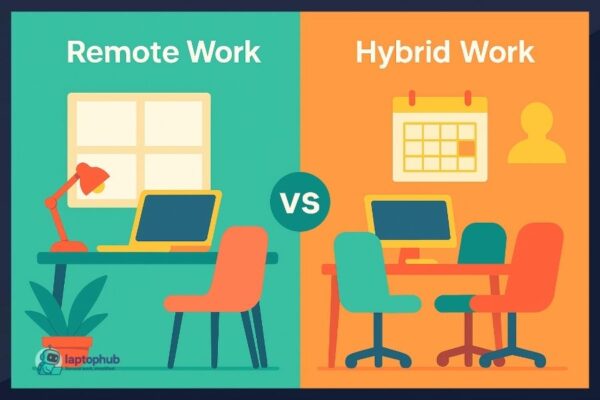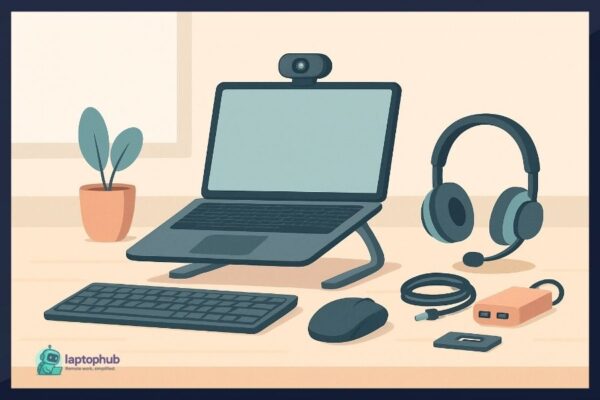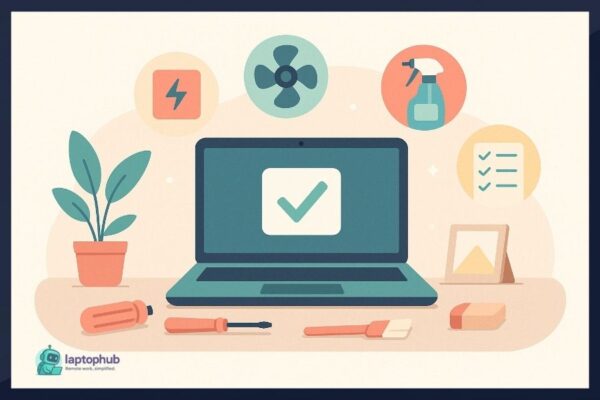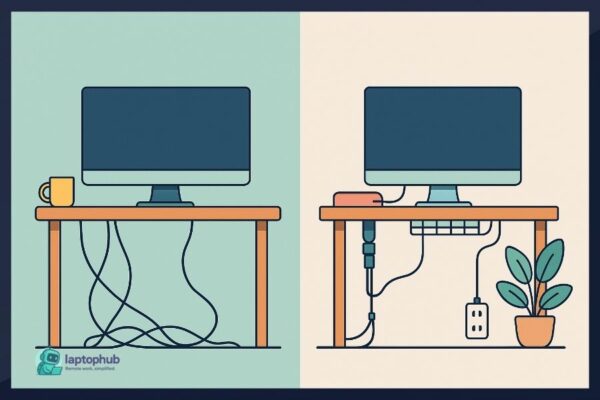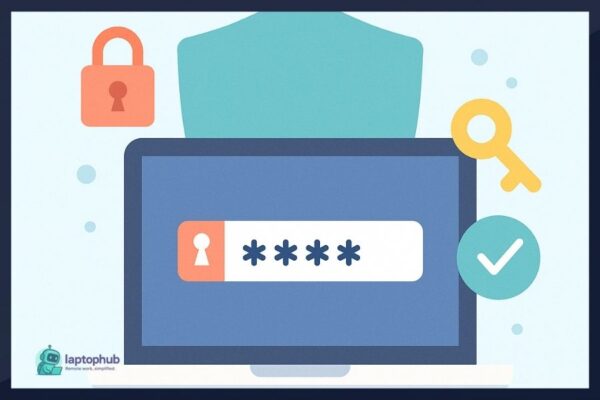
Freelancing View all
 Freelancing
Freelancing A straight-shooting, step-by-step breakdown of how to start freelancing—from choosing your skill and setting rates to landing your first clients and building systems that scale.
Tools & Tech View all
 Artificial Intelligence
Artificial Intelligence Discover the 10 best AI tools for remote workers in 2025 that are transforming productivity, communication, and workflow efficiency—perfect for freelancers, teams, and remote professionals looking to work smarter, not harder.
 Cybersecurity
Cybersecurity Discover the 7 best password managers for remote workers, whether you’re freelancing from a café or managing a global team. Get expert insights on tools that combine security, usability, and value—so you can work from anywhere with confidence.
Home Office
Lifestyle View all
 Health & Wellness
Health & Wellness Working from home can feel isolating, but it doesn’t have to. Discover real, practical strategies I’ve used over the past 10 years to stay connected, focused, and emotionally healthy while working remotely.
Cybersecurity View all
Remote work opens doors—but it also opens you up to phishing attacks. Learn how to spot fake emails, protect your identity, and secure your digital workspace.
Tired of forgetting complex passwords? Learn how to create strong passwords that are secure, unique, and easy to remember—with real-world techniques from a cybersecurity expert.
Discover the 7 best password managers for remote workers, whether you’re freelancing from a café or managing a global team. Get expert insights on tools that combine security, usability, and value—so you can work from anywhere with confidence.
As remote work becomes the norm, two-factor authentication (2FA) is the simplest, most powerful way to protect your team and data. Here’s why it’s absolutely non-negotiable.
As someone who’s spent over a decade in the SEO and cybersecurity trenches, I’ve worked with countless remote teams, freelancers, and digital nomads. And one …



